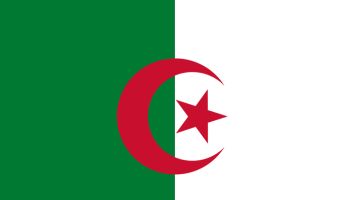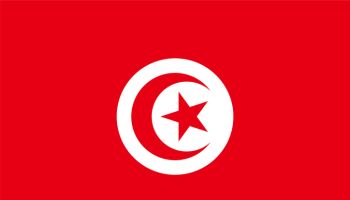How are new home loan trends are impacting communities of color?
It is a very important trend and one that we need to keep our eyes on. In the wake of the housing bubble, regulators moved to rein in subprime lending, the type of lending that led to the housing crisis. As a result, we are now seeing banks switch their strategies when it comes to mortgages, embracing larger loans called jumbo loans. However, in doing so, the percentage of these loans going to Black and Hispanic borrowers has fallen.
According to a recent Wall Street Journal Report, jumbo loans predominantly go to White and Asian borrowers. In 2014, just 3.0% of the biggest banks’ jumbo borrowers were Hispanic and only 1.3% went to Black borrowers. As the 10 big banks issued proportionally more jumbos, share of all home loans to Blacks and Hispanics they made decreased, and the share of lending to Blacks and Hispanics also fell in non-jumbo mortgages, though not by as much.
What are jumbo mortgages, and why are banks embracing these loans?
Jumbo mortgages are loans over $417,000 in most real estate markets. The banks like them because these loans are typically made to individuals with high credit scores and they require big down payments. As a result, they tend to have low default rates. Another reason the banks like them? They are not backed by or linked to government programs that cost lenders tens of billions of dollars in fines as a result of subprime lending practices they employed before the housing bubble burst.
What impact is this trend toward these loans having on Black and Hispanic borrowers?
What is clear is that the emphasis that the 10 largest banks are placing on jumbo loans is reducing the percentage of the loans – jumbo or otherwise – they are making to Blacks and Hispanics. Among all approved mortgage applicants from these banks, 5.3% were Black in 2014, down from 7.8% in 2007; 7.4% were Hispanic, down from 10.6%.
What is more difficult to determine is whether it has meant that this trend is spilling out to other lenders. The Wall Street Journal report found the number of mortgages to Blacks and Hispanics combined was down 52% in 2014 from 2007 across lenders. In comparison, the number of mortgages to other racial groups dropped just 37% in that same period. At the same time, overall mortgage-approval rates for Blacks and Hispanics rose during the period, as these borrowers increasingly turned to small lenders and “nonbank” lenders.
Overall, i think that these numbers may be troubling if, as a result of the new push toward larger loans means that borrowers of color are being discouraged from applying. However, if it is a result of stricter lending criteria, it could certainly prevent some borrowers from getting into bad financial straits. Tom: are regulators doing anything to oversee this trend?
A number of federal agencies have oversight powers when it comes to fair lending practices. One of the problems is that the definition of unfair lending is vague. Regulators analyze data to find banks that lend to relatively fewer minorities than others in their areas, as well as other tools. That said, the Justice Department and the Consumer Financial Protection Bureau have launched investigations into some lenders for using the jumbo loan strategy to disenfranchise minorities.
On the flip side, some lenders are reaching out to Black and Hispanic communities to ensure they are providing access to loans. At the end of the day, this is just something we have to constantly be watching, and our community needs to be aware of.
- Egypt: Entertainment, Food, Languages, Places To Visit + More
- Morocco: Entertainment, Food, Languages, Places To Visit + More
- South Sudan: Entertainment, Food, Languages, Places To Visit + More
- Tunisia: Entertainment, Food, Languages, Places To Visit + More
- Sudan: Entertainment, Food, Languages, Places To Visit + More
Money Mondays: New Home Loan Trends And What They Mean For You was originally published on blackamericaweb.com















